10% off £35
Code:SAVE
Joints Bones & Muscles
185 items
Joints Bones & Muscles
Category
Brand
Format
Popularity
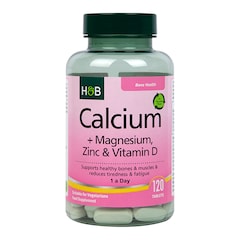
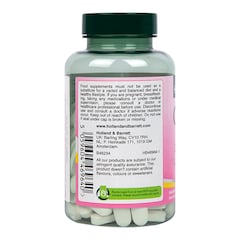
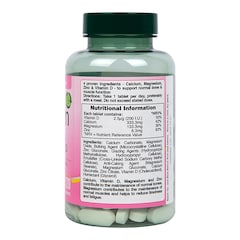
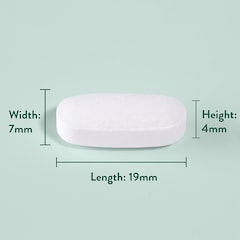

Buy 1 Get 1 Free
Holland & Barrett
Calcium Magnesium Vitamin D & Zinc 120 Tablets
(352)
£9.99
£0.08/1 Tablet
Payday Event
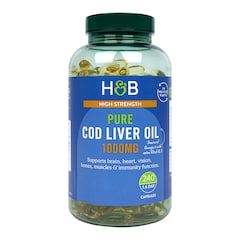
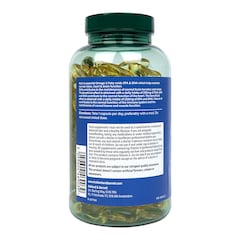
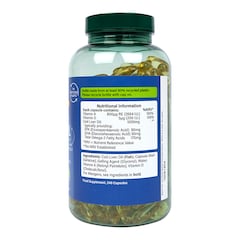
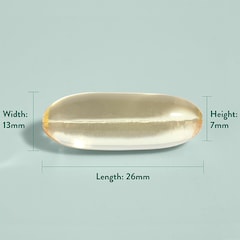
Buy 1 Get 1 Free
Holland & Barrett
Pure Cod Liver Oil 1000mg 240 Capsules
(1696)
£21.99
£0.09/1 Capsules
Payday Event
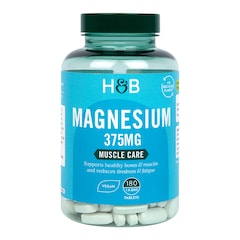
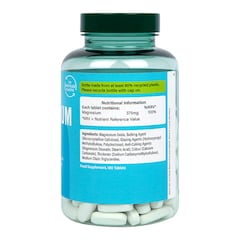
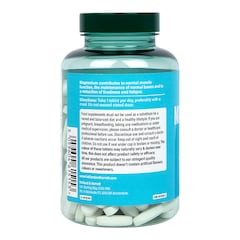

Buy 1 Get 1 Free
Holland & Barrett
Magnesium 375mg 180 Tablets
(778)
£12.49
£0.07/1 Tablet
Payday Event
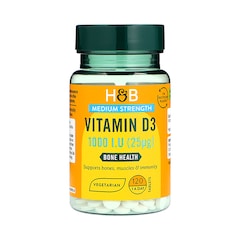
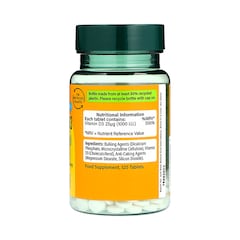
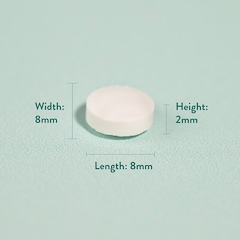
Buy 1 Get 1 Free
Holland & Barrett
Vitamin D 1000 I.U 25ug 120 Tablets
(1649)
£6.99
£0.06/1 Tablet
Payday Event
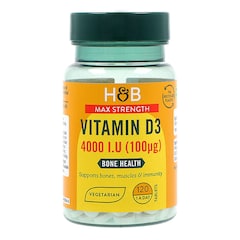
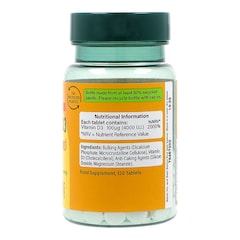
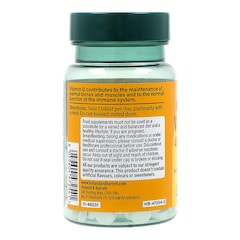
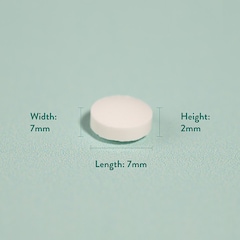
Buy 1 Get 1 Half Price
Holland & Barrett
Vitamin D3 4000 I.U. 100ug 120 Tablets
(143)
£15.99
£0.13/1 Tablet
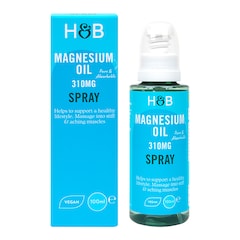

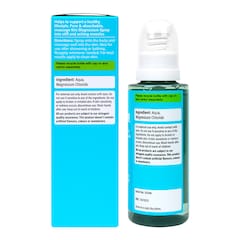
Buy 1 Get 1 Half Price
Holland & Barrett
Magnesium Oil Spray 310mg 100ml
(138)
£11.99
£11.99/100 ml
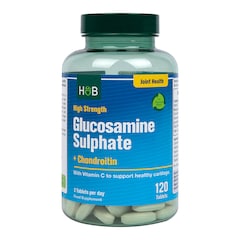
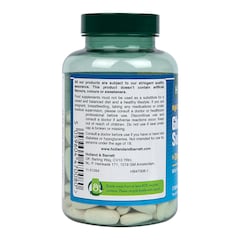


Buy 1 Get 1 Free
Holland & Barrett
High Strength Glucosamine Sulphate & Chondroitin 120 Tablets
(170)
£26.99
£0.22/1 Tablet
Payday Event
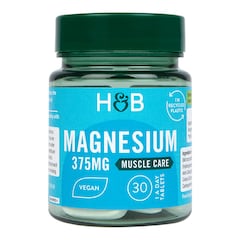
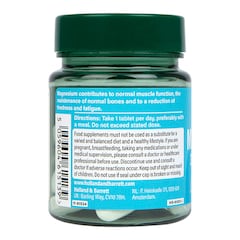
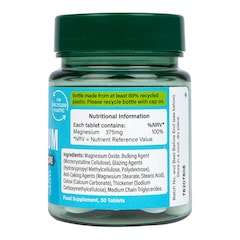
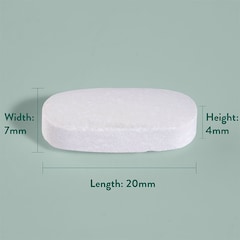
Buy 1 Get 1 Half Price
Holland & Barrett
Magnesium 375mg 30 Tablets
(778)
£3.99
£0.13/1 Tablet
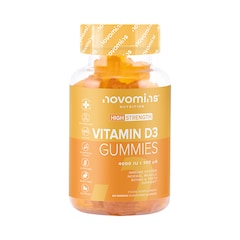
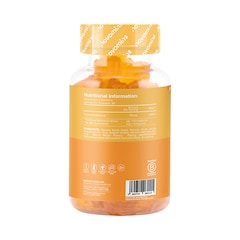
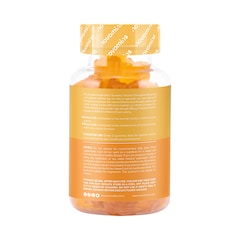
Buy 1 Get 1 Half Price
Novomins
Vitamin D3 4000IU 60 Gummies
£19.99
£0.33/1 Chewable
New In
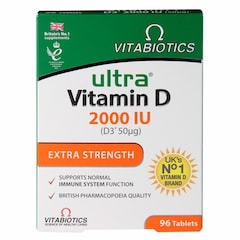
Buy 1 Get 1 Half Price
Vitabiotics
Ultra Vitamin D 2000 IU Extra Strength 96 Tablets
(169)
£8.49
£0.09/1 Tablet
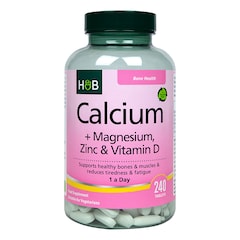

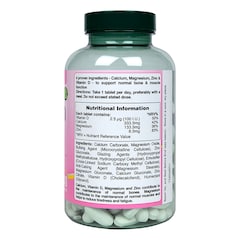
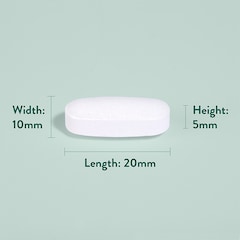
Buy 1 Get 1 Half Price
Holland & Barrett
Calcium Magnesium Vitamin D & Zinc 240 Tablets
(352)
£14.49
£0.06/1 Tablet
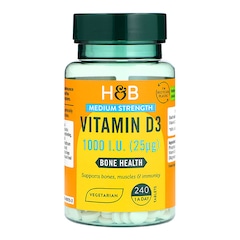
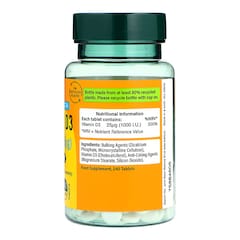
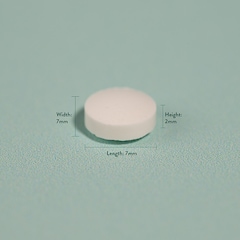
Buy 1 Get 1 Half Price
Holland & Barrett
Vitamin D 1000 I.U 25ug 240 Tablets
(1649)
£10.99
£0.05/1 Tablet
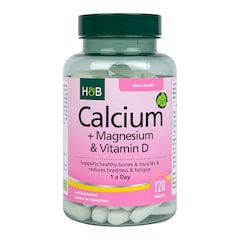
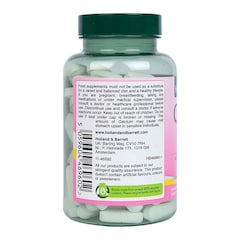
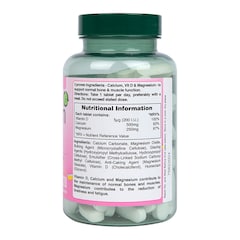
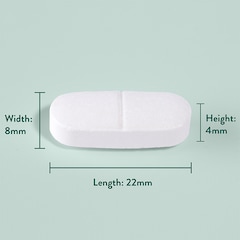
Buy 1 Get 1 Half Price
Holland & Barrett
Calcium + Magnesium & Vitamin D 120 Tablets
(47)
£6.99
£0.06/1 Tablet
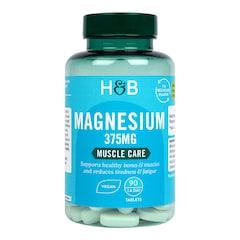
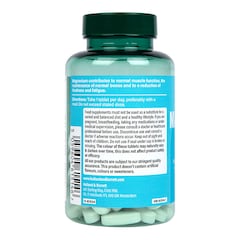
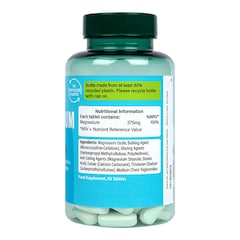
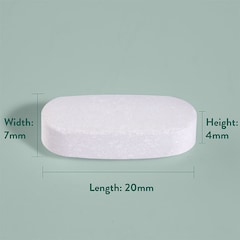
Buy 1 Get 1 Half Price
Holland & Barrett
Magnesium 375mg 90 Tablets
(778)
£8.99
£0.10/1 Tablet

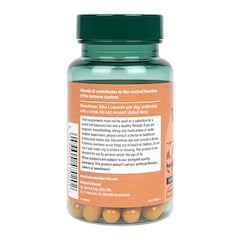
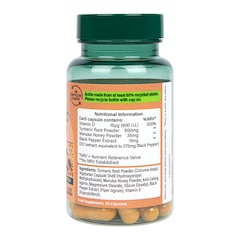
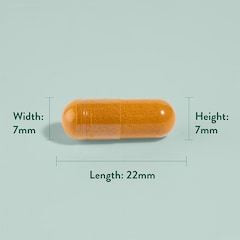
Buy 1 Get 1 Free
Holland & Barrett
Turmeric + Manuka Honey 30 Capsules
(41)
£7.99
£0.27/1 Capsules
Payday Event
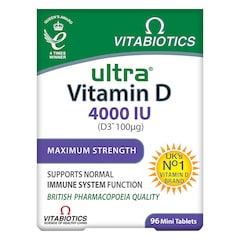
Buy 1 Get 1 Half Price
Vitabiotics
Ultra Vitamin D3 4000IU 96 Tablets
(40)
£14.95
£0.16/1 Tablet
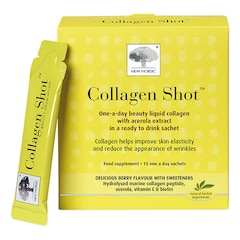

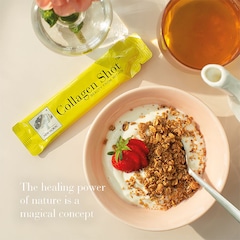
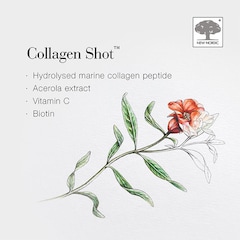
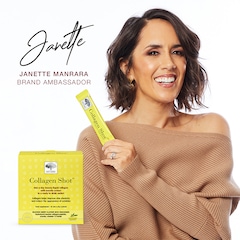
25% off
New Nordic
Collagen Shot 15 Sachets
(80)
£22.49
£29.99
£1.50/1 Sachet
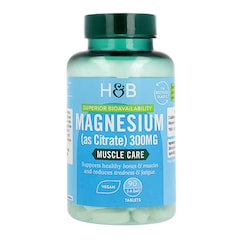


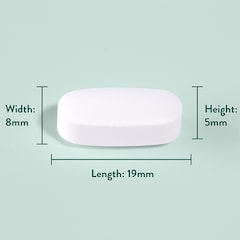
Buy 1 Get 1 Half Price
Holland & Barrett
Magnesium Citrate 90 Tablets
(254)
£8.99
£0.10/1 Tablet
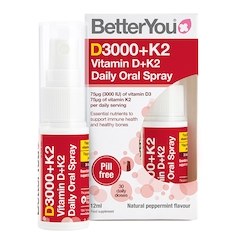
Buy 1 Get 1 Half Price
BetterYou
Vitamin D + K2 Spray 12ml
(173)
£10.95
£91.25/100 ml
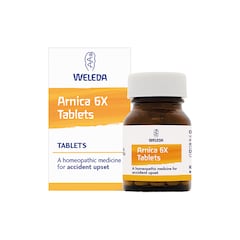
25% off
Weleda
Arnica 6 Tablets
£7.31
£9.75
£1.22/1 Tablet
New In
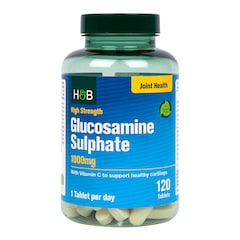
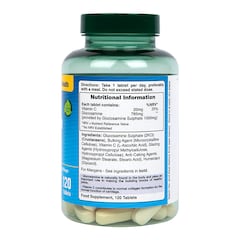
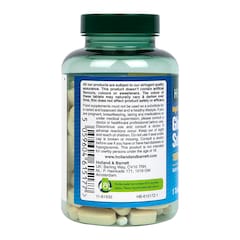
25% off
Holland & Barrett
Glucosamine Sulphate 1000mg 120 Tablets
(585)
£14.99
£19.99
£0.12/1 Tablet
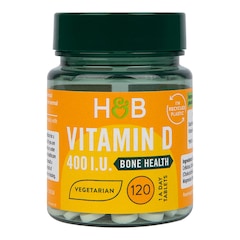
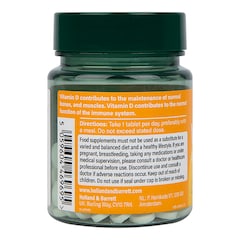
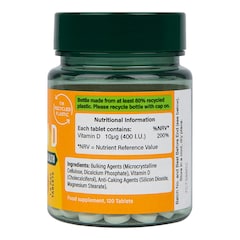
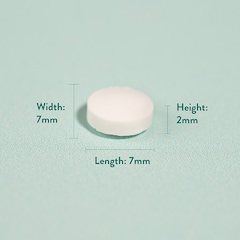
Buy 1 Get 1 Free
Holland & Barrett
Vitamin D3 400 I.U. 10ug 120 Tablets
(745)
£2.99
£0.02/1 Tablet
Payday Event
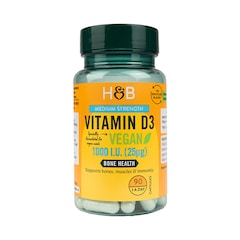
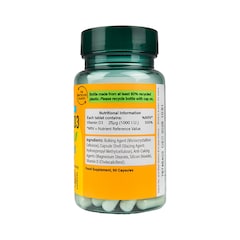
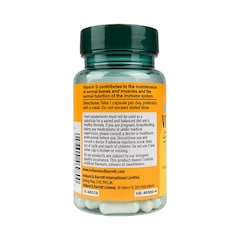
25% off
Holland & Barrett
Vegan Vitamin D 1000 I.U 25ug 90 Capsules
(35)
£4.49
£5.99
£0.05/1 Capsules
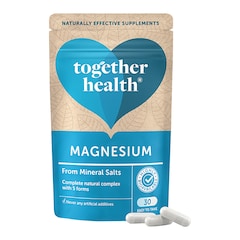
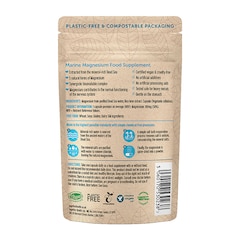
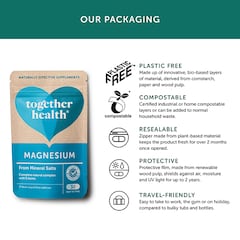
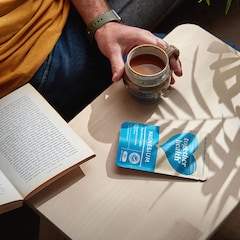
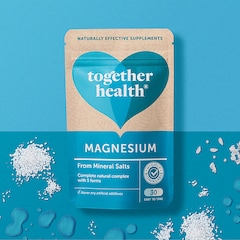
Buy 1 Get 1 Half Price
Together Health
Natural Marine Magnesium 30 Capsules
(98)
£6.99
£0.23/1 Capsules
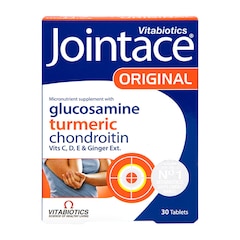
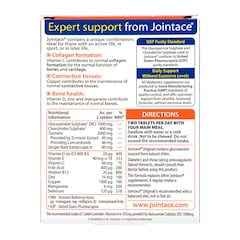
Buy 1 Get 1 Half Price
Vitabiotics
Jointace Original 30 Tablets
(26)
£11.99
£0.40/1 Tablet

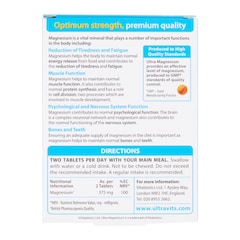
Buy 1 Get 1 Half Price
Vitabiotics
Ultra Magnesium 60 Tablets
(31)
£5.79
£0.10/1 Tablet
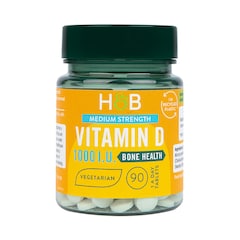
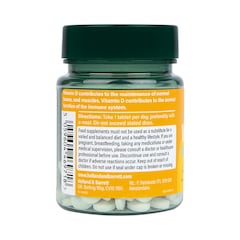
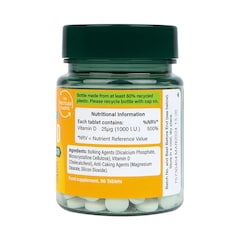
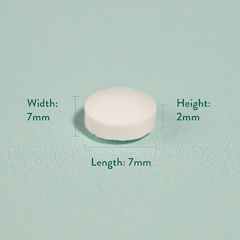
Buy 1 Get 1 Half Price
Holland & Barrett
Vitamin D 1000 I.U. 25ug 90 Tablets
(1649)
£5.49
£0.06/1 Tablet
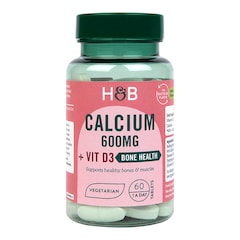
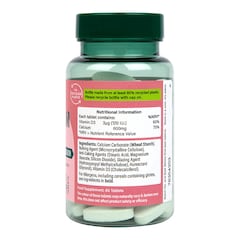
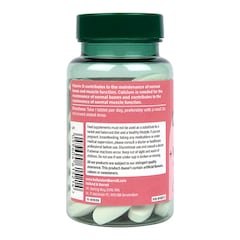
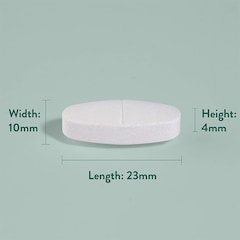
Buy 1 Get 1 Half Price
Holland & Barrett
Calcium + Vitamin D 600mg 60 Tablets
(18)
£2.99
£0.05/1 Tablet
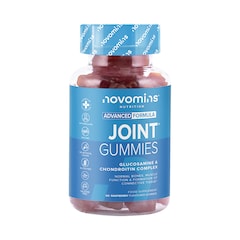

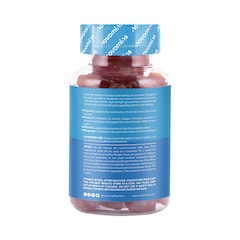
Buy 1 Get 1 Half Price
Novomins
Joint 60 Gummies
£19.99
£0.33/1 Chewable
New In
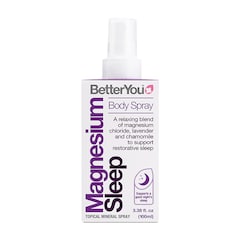
Buy 1 Get 1 Half Price
BetterYou
Magnesium Sleep Spray 100ml
(136)
£13.95
£13.95/100 ml
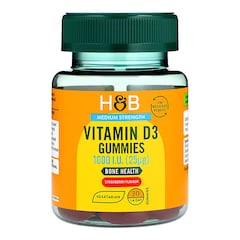
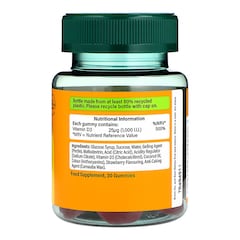

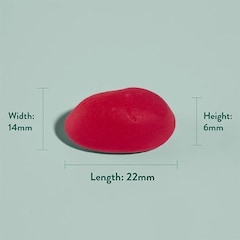
Buy 1 Get 1 Half Price
Holland & Barrett
Vegetarian Vitamin D 1000 I.U. 25ug 30 Gummies
(111)
£5.49
£0.18/1 Chewable
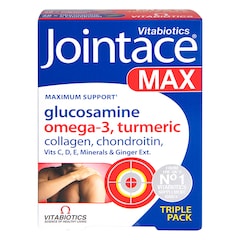
Buy 1 Get 1 Half Price
Vitabiotics
Jointace Max Tablets Triple Pack Super Strength 84 Tablets
(116)
£27.99
£0.33/1 Tablet
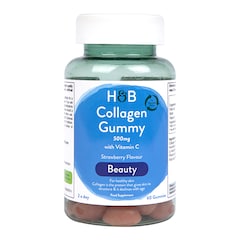
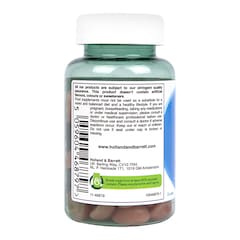
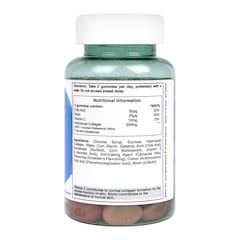
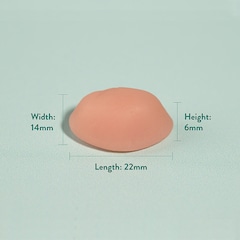

25% off
Holland & Barrett
Bovine Collagen Strawberry 60 Gummies
(28)
£13.49
£17.99
£0.22/1 Chewable
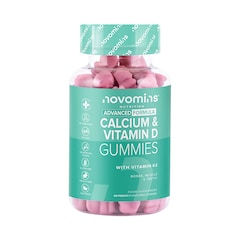
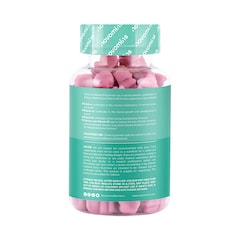
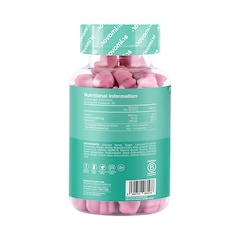
Buy 1 Get 1 Half Price
Novomins
Calcium & Vitamin D 60 Gummies
£19.99
£0.33/1 Chewable
New In
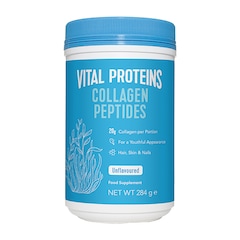
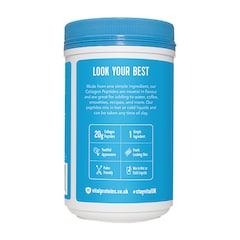
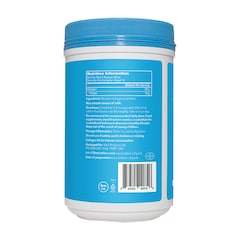
Buy 1 Get 1 Half Price
Vital Proteins
Collagen Peptides Unflavoured 284g
(231)
£30.00
£10.56/100 g
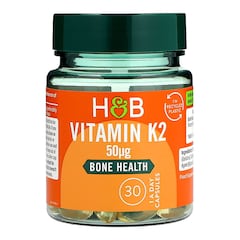
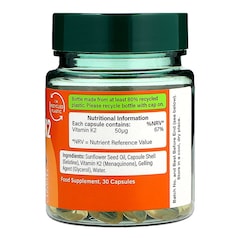
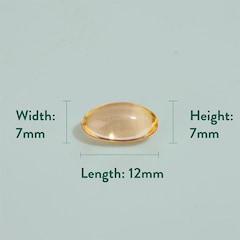
Buy 1 Get 1 Free
Holland & Barrett
Vitamin K2 50ug Capsules
(71)
£13.99
£0.47/1 Capsules
Payday Event
Sign up for exclusive offers
Plus, get expert advice to support your health & wellness straight to your inbox when you sign up to Holland & Barrett emails.
Read our
privacy policy


